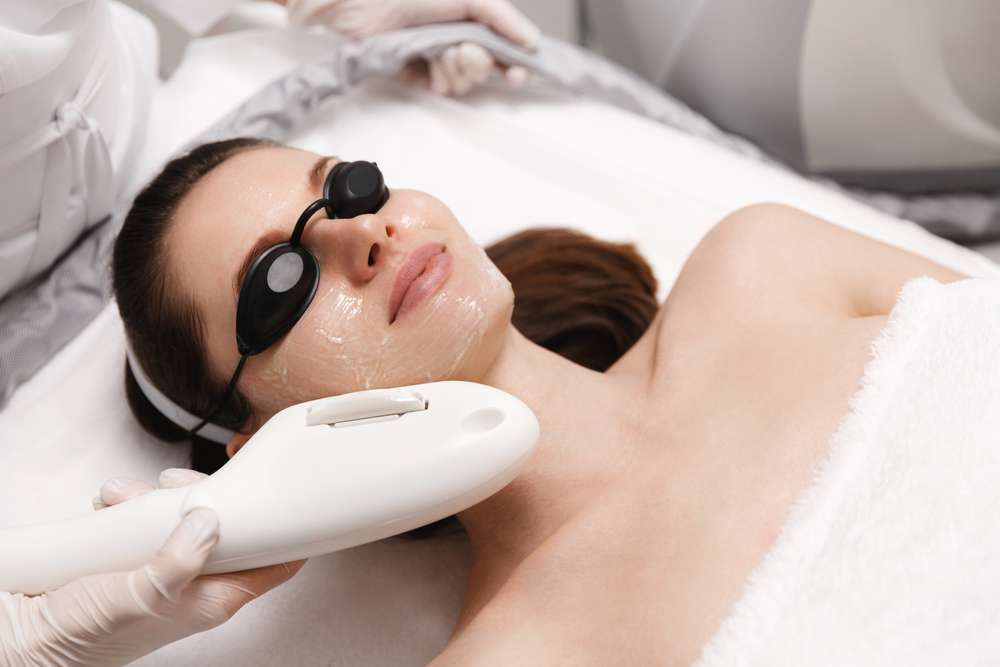Practical Guide to Beauty Services and Facial Care
Choosing the right beauty services can help you address skin concerns, maintain healthy skin, and refine your routine. This guide explains common facial treatments, how to structure a skincare routine, what beauty services offer for the face, the tools professionals use, and when to seek professional help. It is aimed at helping readers find appropriate local services and decide which options suit their needs.

This article is for informational purposes only and should not be considered medical advice. Please consult a qualified healthcare professional for personalized guidance and treatment.
What does a facial include?
A professional facial typically starts with a consultation and skin analysis to identify skin type and concerns. Common steps include cleansing, exfoliation (chemical or physical), steam, gentle extraction of clogged pores, a mask tailored to the skin’s needs, and a facial massage to boost circulation. Some facials add serums, targeted ampoules, or LED therapy. Treatments vary by salon or medspa and by practitioner credentials, so ask about ingredients and techniques if you have sensitivities or a medical skin condition.
How to build a skincare routine?
A basic skincare routine centers on consistent, gentle steps: cleanse, treat, moisturize, and protect. In the morning, use a mild cleanser, antioxidant serum (like vitamin C), moisturizer, and broad-spectrum SPF. In the evening, cleanse, apply targeted treatments (retinoids, acids, or hydrators as appropriate), and finish with a nourishing moisturizer. Patch test new products and introduce active ingredients slowly. Adjust frequency and product strength according to skin response and seasonal changes, and consider professional guidance for persistent concerns or when combining multiple actives.
How do beauty services vary?
Beauty services range from cosmetic salon treatments (waxing, brow shaping, makeup application) to advanced esthetic procedures (microdermabrasion, chemical peels, microneedling at medspas). Salons typically focus on relaxation and surface-level improvement, while medspas and dermatology clinics offer procedures with stronger clinical effects and require more training. Licensing, practitioner experience, and sanitation protocols differ by location, so verify credentials and read service descriptions. Many providers offer consultations to match service intensity to skin tolerance and goals.
When should you seek help for face concerns?
Seek professional advice when over-the-counter products don’t improve acne, you experience persistent redness, sudden pigment changes, or if you have recurring infections or unusual lesions on the face. For chronic or severe conditions, a dermatologist can diagnose and prescribe medical treatments. Estheticians and licensed skincare professionals are well suited for routine facials, maintenance, and cosmetic procedures that do not require medical intervention. If you’re unsure, start with a consultation at a reputable local service and ask whether a medical referral is recommended.
What tools are used in professional treatments?
Professionals use a mix of manual and electronic tools to treat the face effectively and safely. Common equipment includes facial steamers for softening skin, extraction tools for clearing pores, microdermabrasion devices for gentle resurfacing, and LED panels for inflammation control. Advanced clinics may use radiofrequency or ultrasound devices for tightening, and controlled microneedling instruments for collagen stimulation. Many estheticians also use handheld massage tools like gua sha or jade rollers to support lymphatic drainage. Proper sterilization and training are essential for safe use of any professional tool.
Conclusion
Beauty services and facial care span a wide range of options—from simple, calming facials and routine skincare to clinical procedures for more significant concerns. Understanding what each treatment involves, the roles of skincare products and tools, and when to consult a medical professional helps you make informed choices. If considering in-clinic or at-home devices, check practitioner qualifications and product safety, and match treatments to your skin type and goals for sustained, healthy results.






